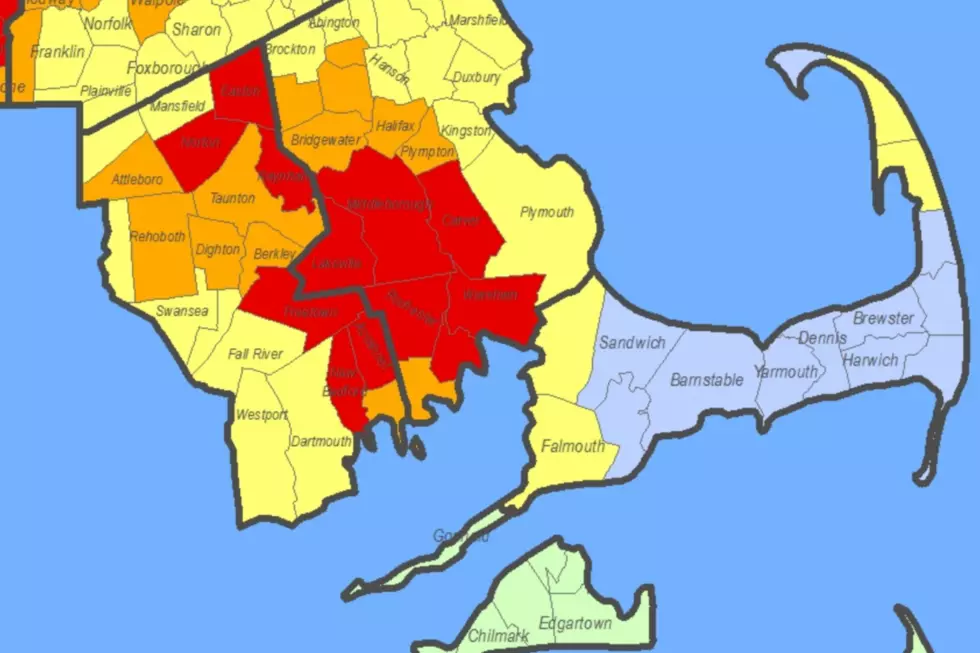
How and When Will the SouthCoast Drop the EEE Risk?
Exactly how and when will the critical/high risk for EEE that has plagued the SouthCoast be dropped? We spoke to Catherine Brown, the doctor at the Massachusetts Department of Health that makes that decision.
Most on the SouthCoast are aware that we are awaiting the first "hard" frost (or killing frost) to wipe out the remaining mosquitoes. However Dr. Brown said that it is a good idea to remain on alert for mosquitoes.
The hard frost happens when the temperature drops to 28 degrees or below for a period of four hours or more. This is, of course, different than the frost we might find on our windshields in the morning or the frost we could see on the front lawn.
So, how exactly will each city and town on the SouthCoast be released from the critical or high risk? Does the Massachusetts Department of Health work in conjunction with meteorologists?
"Interesting question," says Dr. Brown. Up until this year, the Department of Health would simply keep an eye on the TV weather, not unlike the rest of us. This year, however, they have teamed up with Cornell University to have a much more official watch.
It's still tricky, however.
"If Freetown's temperature drops below 28, but New Bedford's does not, we will not chance Freetown's status because mosquitoes in New Bedford can still fly into Freetown," Dr. Brown said. "We will be waiting for the entire region to have their first killing frost."
A word of caution from Dr. Brown. While we may be seeing fewer and fewer mosquitoes outside, the ones that are still around are the oldest. This means that these mosquitos have had the most opportunity to become infected with the EEE virus.
The Department of Health says it's tough to balance the reduction in the number of mosquitoes with this increased risk. Dr. Brown says the best bet is to continue to play it safe. Wear long sleeves and pants when outside and use bug repellent with DEET.

More From WFHN-FM/FUN 107









